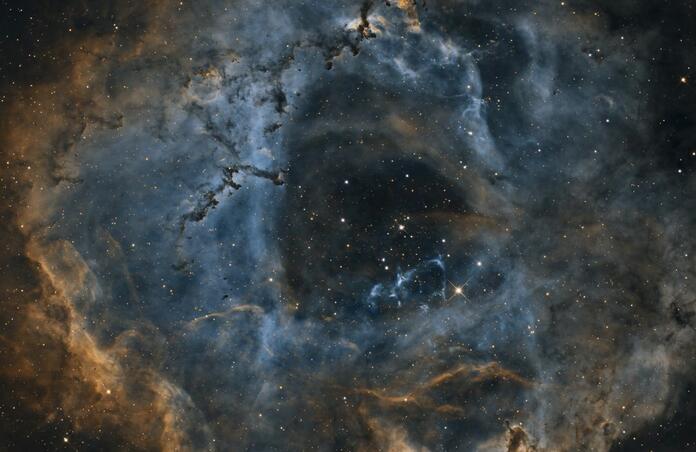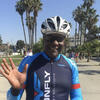The Preferred Method for Posting Images

Many of our members on this Telescope Live Page, including me, like to share images we’ve processed with all of our members, not just to show work we’re particularly proud of but also to show what can be done with Telescope Live data and a little into how we did it. This helps new members to Telescope Live get a sense of what can be accomplished with the data on the site and for veteran members to perhaps see a different way to interpret and process similar data that you may be working on. For everyone, it provides an opportunity to ask questions or make constructive comments to improve everyone’s experience.
Whenever you post your image on the page, you should include the technical details of the image such as:
- What the target in the image is
- The dataset involved (1-Click, Advanced Request, etc.)
- Telescope and camera used
- Sub exposure data (Broadband, Narrowband, exposure time, number of sub exposures)
- Processing software used (PixInsight, Affinity Photo, APP, Photoshop, DSS, etc.)
- Any particular processing techniques you used and any challenges you faced processing the data and how you resolved them
As an example of how to share using this format, I’ve posted an image if Caldwell 49, otherwise known as the Rosette Nebula in Monoceros. This is from a Pro Dataset that was captured in December 2020 on the CHI-4 telescope, the ASA 500N with the FLI PL16803 camera located at the Observatory El Sauce in Rio Hurtado Chile. The dataset contains 12 narrowband sub exposures - 4 each of HII, SII and OIII all taken at 600 seconds exposure each. This was one of the first narrowband datasets that I worked with and I used a few tutorials to work out the basic processing workflow to use in PixInsight. The big challenge for me was teasing out all the different colors that I could as well as trying to get depth to the nebula. You can get this dataset to work with yourself here.
Please consider using this format when sharing your own Telescope Live acquired and processed images.
Stay safe, have a lot of fun and get your neighbors to turn off their lights at night and join in the fun….
This blog post was originally published in our Telescope Live Community.
The Community represents Telescope Live's virtual living room, where people exchange ideas and questions around astrophotography and astronomy.
Join the conversation now to find out more about astrophotography and to improve your observation and post-processing skills!
